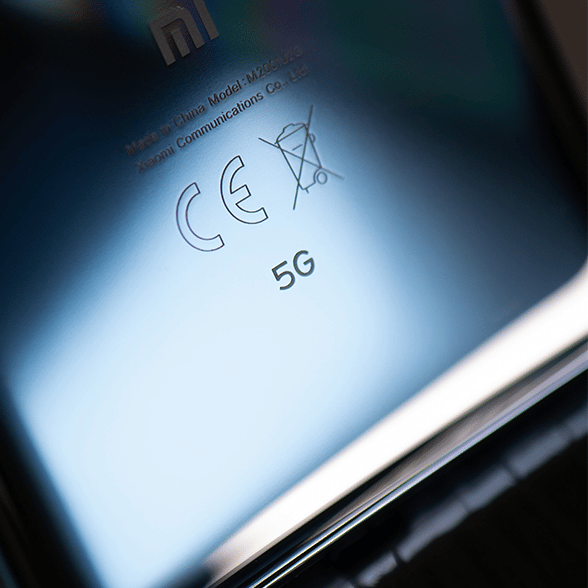 Connected cars have recently become a key AT&T new product initiative, for perhaps obvious reasons: AT&T wants to fuel growth (revenue and subscriptions) for its mobile business. AT&T expects meaningful subscriber growth for its connected car services in the next three to five years, and already supplies connections for almost two million vehicles. About 500,000 accounts were added in the third quarter of 2014.
Connected cars have recently become a key AT&T new product initiative, for perhaps obvious reasons: AT&T wants to fuel growth (revenue and subscriptions) for its mobile business. AT&T expects meaningful subscriber growth for its connected car services in the next three to five years, and already supplies connections for almost two million vehicles. About 500,000 accounts were added in the third quarter of 2014.
In 2015, AT&T expects to serve nearly half of new mobile-connected U.S. passenger vehicles and also expects to serve more than 10 million vehicles by the end of 2017. AT&T expects revenues from its connected cars to be driven initially by wholesale customer relationships with auto manufacturers, with the opportunity to develop a direct retail relationship with drivers.
Connected Car Revenue Models
Wholesale average monthly revenue per subscriber, paid for by auto manufacturers, is expected to be in the low single digits and retail ARPU, paid for by the car owners, is expected to be similar to that of a tablet on an AT&T Mobile Share Value Plan, or about $10 a month. And connected cars might well be a big business. The global connected-car market is estimated to become a $49.5 bllion (39 billion euros) industry in 2018, up from $16.5 billion (13 billion euros) in 2012, according to forecasts in a research report from research firm SBD and the GSMA.
That report suggests $5.2 billion (4.1 billion euros) will be earned supplying mobile broadband connections to vehicles. There are other plausible ways mobile service providers might benefit, however. SBD forecasts that almost 21 million of the cars sold in 2018 will be fitted with smartphone integration systems (18 percent penetration) that rely on all or some of the intelligence being hosted on the owner’s smartphone.
Tethered Solutions
That at the very least, will be another way to increase the value of mobile service from suppliers able to support that feature. SBD further expects 10 million of the cars sold in 2018 to be fitted with tethered solutions (nine percent penetration), up from 2.6 million cars in 2012.
These tethered systems rely on intelligence embedded into the car, but use the owner’s mobile phone for connectivity. That will both provide higher value, and also consumption of Internet access connectivity, allowing mobile ISPs to sell bigger service plans. Over the next five years there will be an almost seven-fold increase in the number of new cars equipped with factory-fitted mobile connectivity designed to meet demand among regulators and consumers for safety and security features, as well as infotainment and navigation services.
By 2025, GSMA hopes, every new car will be connected in multiple ways.
Internet of Things and M2M
Beyond the connected car, there are other opportunities in the machine-to-machine and Internet of Things markets. ABI Research says the installed base of active wireless connected devices will exceed 16 billion in 2014, about 20 percent more than in 2013. The number of devices will more than double from the current level, with 40.9 billion forecasted for 2020.
“The driving force behind the surge in connections is that usual buzzword suspect, the Internet of Things (IoT),” according to Aapo Markkanen, ABI Research principal analyst, who predicts that 75 percent of the growth between today and the end of the decade will come from non-hub devices: sensor nodes and accessories.”
And that is why mobile service providers, among others, are so interested in machine-to-machine applications and the Internet of Things. After connections serving people of all ages and their phones, tablets and PCs, the big growth will come from connections supporting sensors and other devices that communicate with servers.
Connected car is only the start.


